A German language saying is that the windows are the ‘eyes of the house’. While ancient China, Korea and Japan widely used paper windows, the Romans were the first known to use glass for windows around 100 AD. The modern window does not only consist of glass and frame, it is a complex structure which provides more than only views. These sustainable designs offer ingenuous ways to harvest sunlight, power the building’s cooling and heating, as well as warn against the threats of solar radiation.
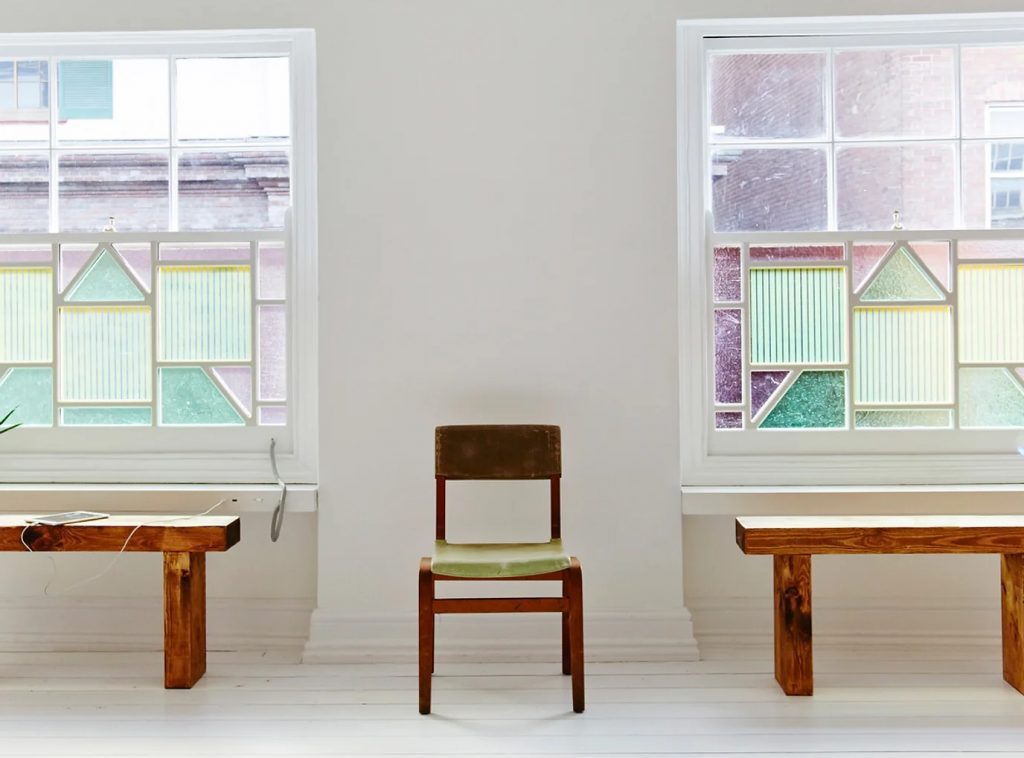
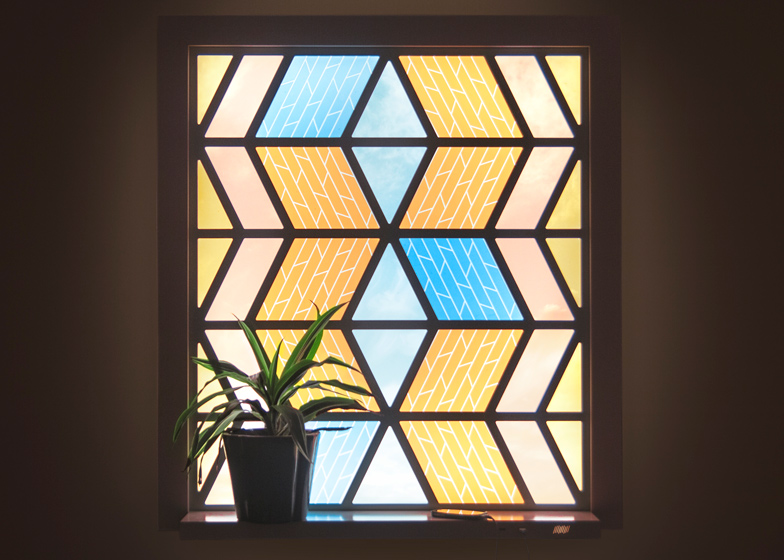
Current Window by Marjan van Aubel (also header image)
Following her projects developed while studying Design Products at the Royal College of Art, Dutch designer Marjan van Aubel has introduced a window that uses coloured photovoltaic cells to harvest energy from the sun and convert it into electricity to charge small computer devices.
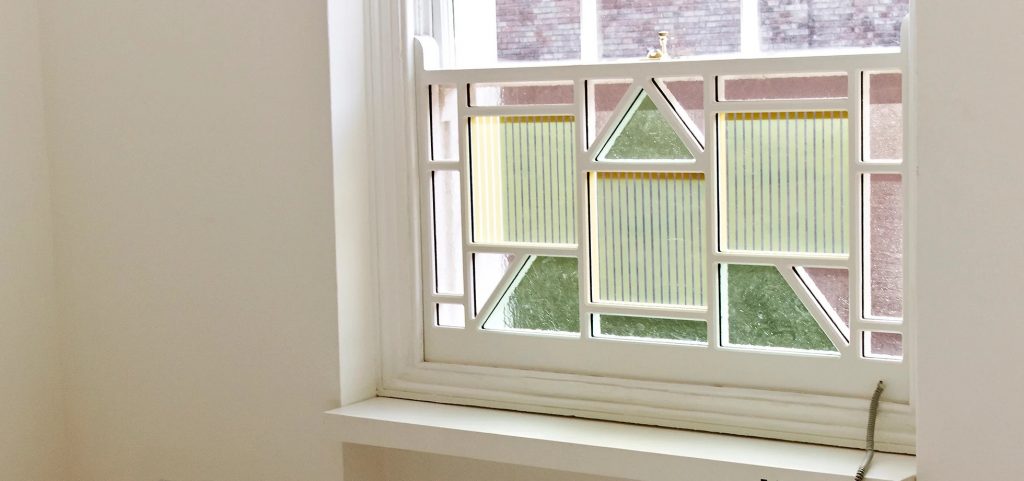
Current Window by Marjan van Aubel
Named Current Window, the project utilizes a process derived from photosynthesis, which plants use to convert sunlight into energy. Similarly to the various shades of green chlorophyll absorbing light, the coloured window panes harvest energy and can even harness diffused sunlight.
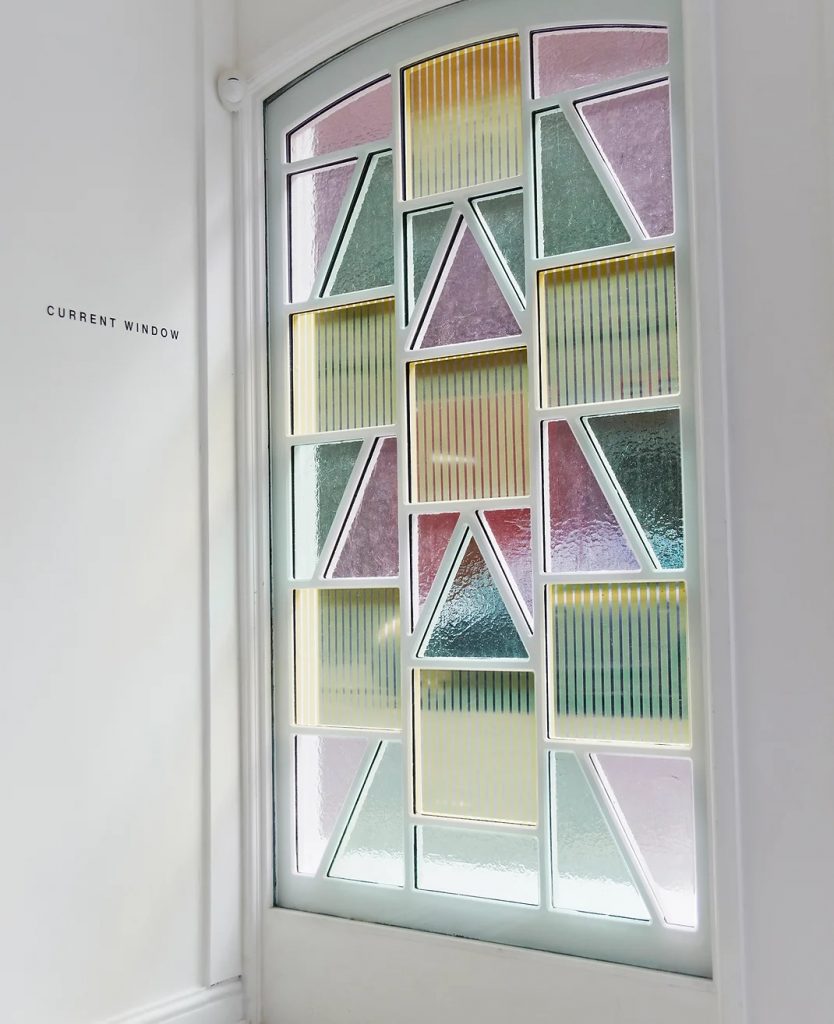
Current Window by Marjan van Aubel
Between two panes of toughened glass are tiny particles of titanium dioxide covered by organic light-absorbing dyes, – orange, blue and pink. Different colours have different wavelengths and thus produce different energy levels. The designer worked closely with the dye-solar cell manufacturer to work out a pattern that was both beautiful and that generated a sufficient amount of energy. As a result, each window can harvest up to 25 watts per day, depending on the quality of light and season.
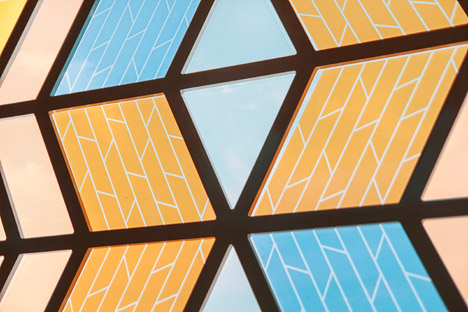
Current Window by Marjan van Aubel
The photovoltaic cells between the panes are connected to a battery contained within a frame featuring USB charging ports integrated into the window ledge. A set of diagonal stripes by the charging point illuminate to indicate how much power is stored within the battery.
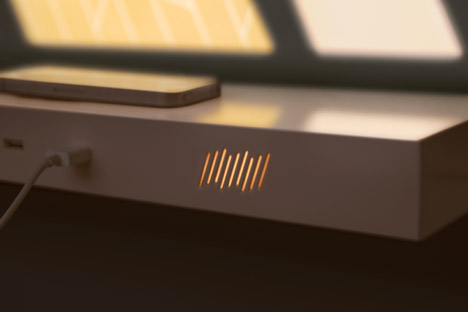
Current Window by Marjan van Aubel
Together with London-based graphic designer Marine Duroselle, Aubel has derived a a tessellating zig-zag pattern, not unlike stained glass of the past, symbolizing the electrical flows that pass through the window.
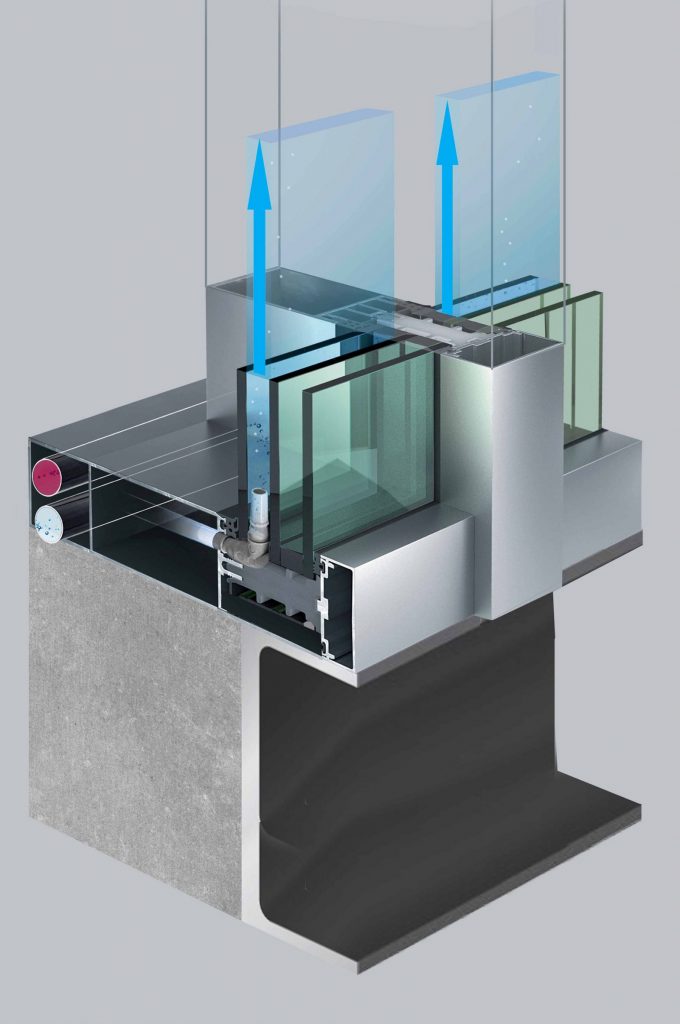
Water-Filled Glass
Founded in 2020 by Loughborough University architecture lecturer Matyas Gutai and his colleagues Daniel Schinagl and Abolfazl Ganji Kheybari, British startup Water-Filled Glass (WFG) has developed a patented technology to power an energy-saving heating and cooling created with an ambition to make heavily glazed buildings significantly more sustainable.
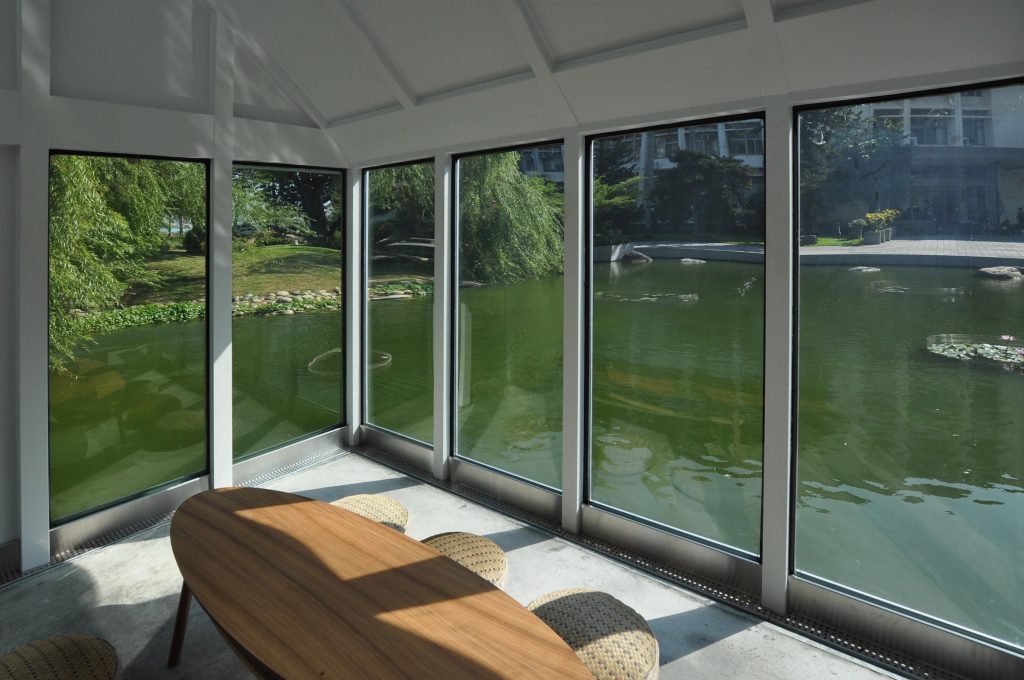
Water-Filled Glass
The windows contain a thin layer of water between glass panes, which absorbs heat from sunlight or other radiation, such as heat leaving a room. The warmed water is then pumped through sealed pipes at low pressure to colder areas of the building, through an underfloor system or into thermal storage. By absorbing thermal energy in this way the water-filled glass also limits how much solar heat gain enters the building through windows, reducing the need for active cooling (e.g. air conditioning) in hot climates.
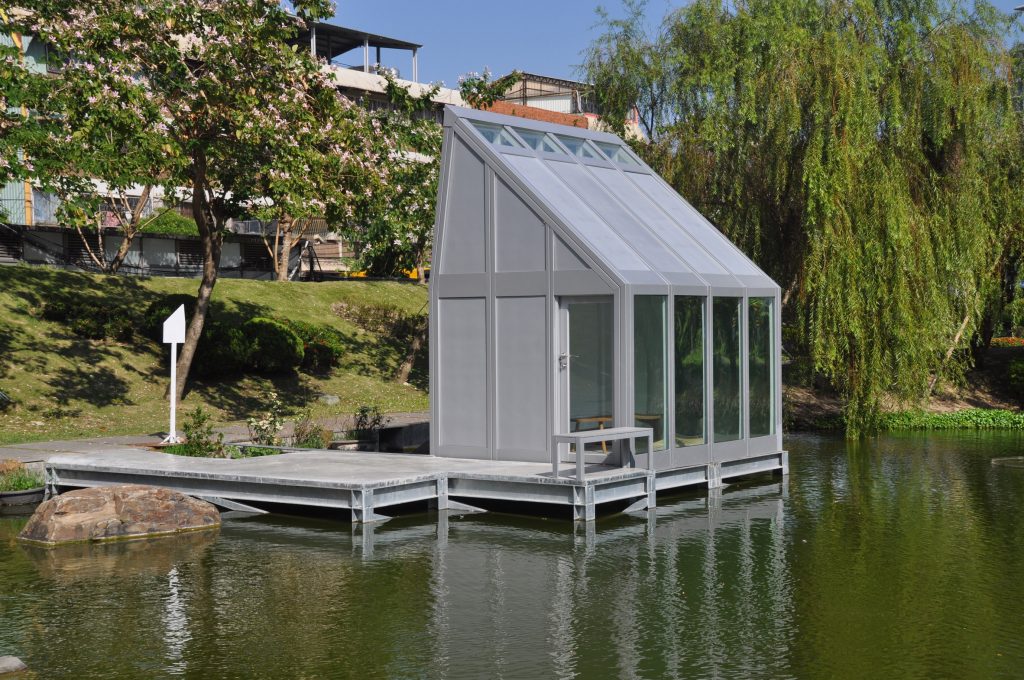
Water-Filled Glass
In the meantime, in cooler climates, the system uses triple-pane windows, the outer cavity filled with argon insulation to prevent the water from freezing during winter. The system is capable of heating water up to temperatures of around 40 degrees Celsius and can be connected to a conventional heat pump or boiler.
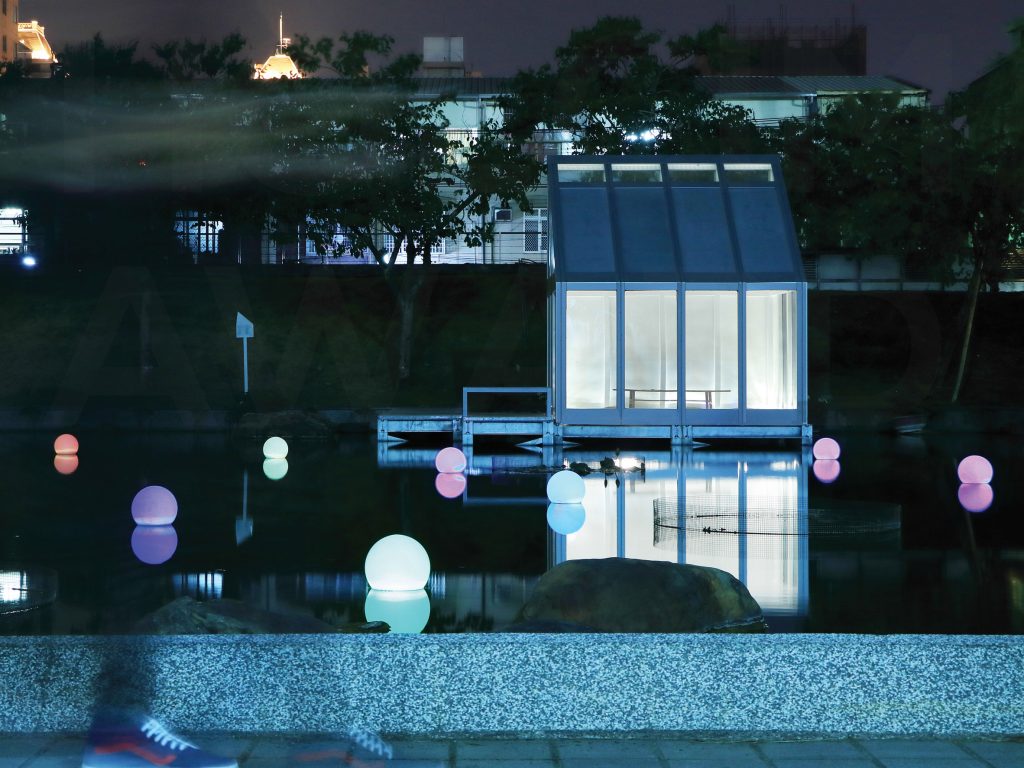
Water-Filled Glass
WFG estimates that, depending on climate and a building’s window-to-wall ratio, its technology can reduce energy bills by around 25 per cent compared with standard windows. The company has even introduced a retrofit version of its product, where the system can be fitted behind existing glazing without having to destroy the windows already in place.
The startup has already completed two prototype buildings using the technology, in Hungary and in Taiwan and is currently working at two commercial projects in Hungary and USA.
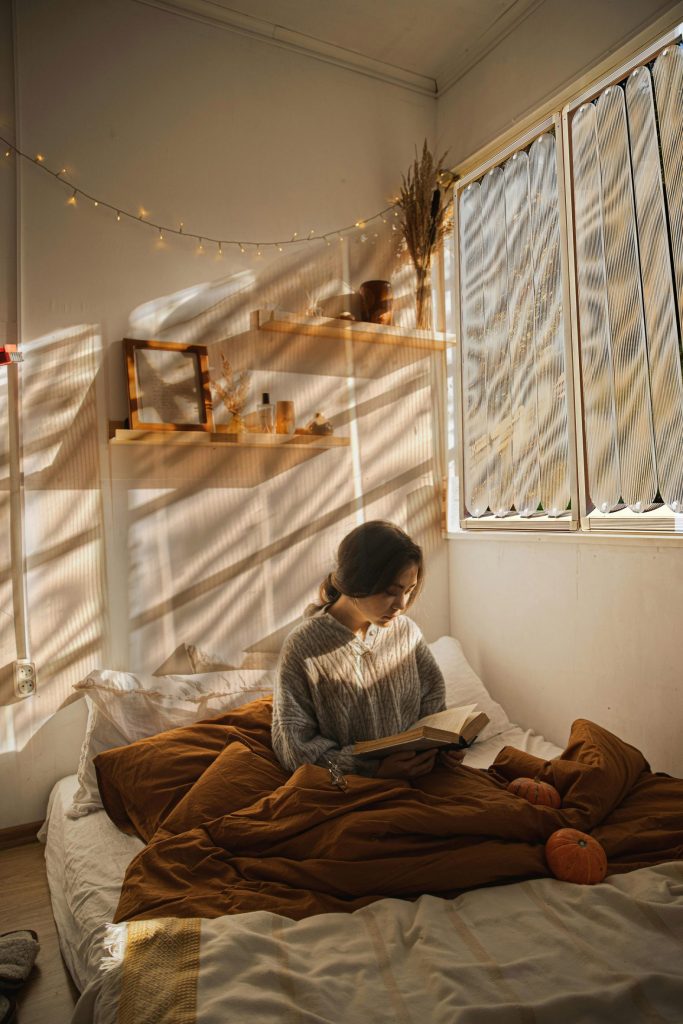
TranSense Screens by Saima Fateh
Developed as part of her final-year studies on the MA Industrial Design programme, the University of the Arts London’s Central Saint Martins art school graduate Saima Fateh has designed a system of automatically closing window blinds for hot regions. They shade the interior when the temperatures are too high and change colour of the blinds to signal dangerous levels of UV radiation.
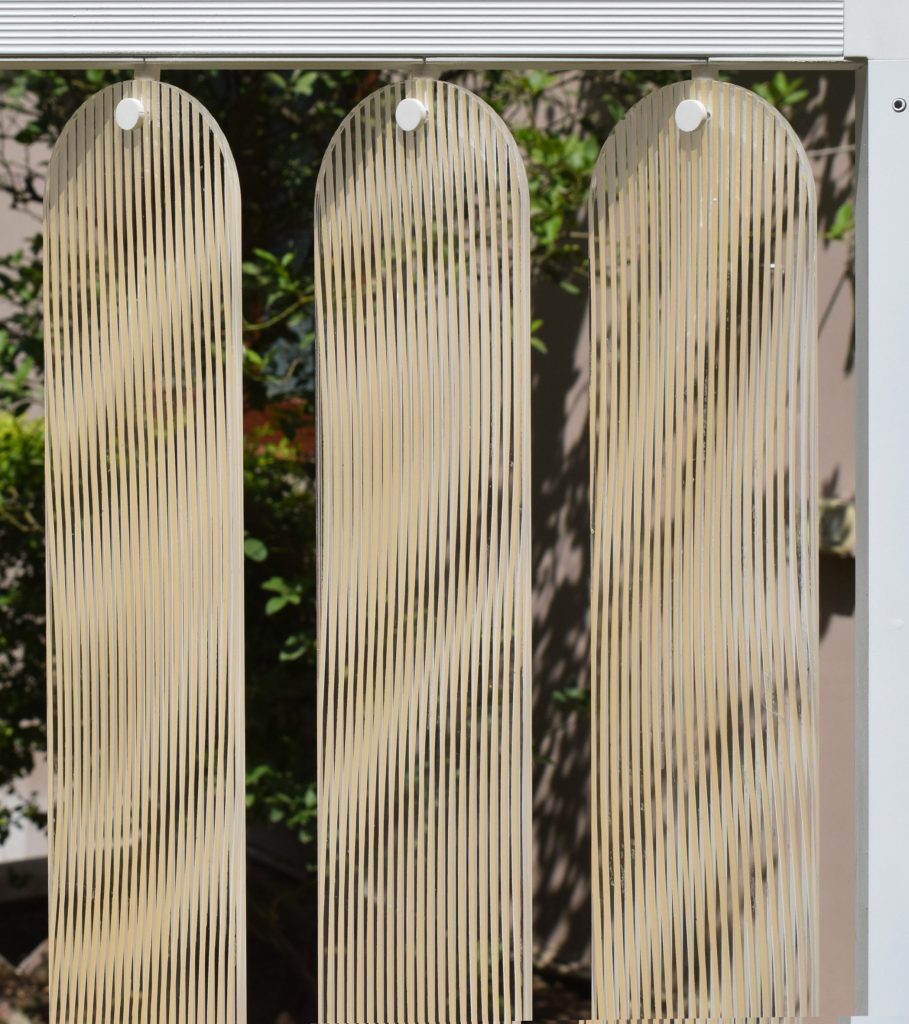
TranSense Screens by Saima Fateh
Named TranSense Screens, the technology has been designed to operate optimally in locations with high solar radiation, significant day-night temperature differences and a stable annual climate. The screens use smart materials such as a shape-memory alloy called nitinol and photochromic pigments to sense shifts in temperatures and limit the amount of sunlight entering a room without requiring an electricity supply.
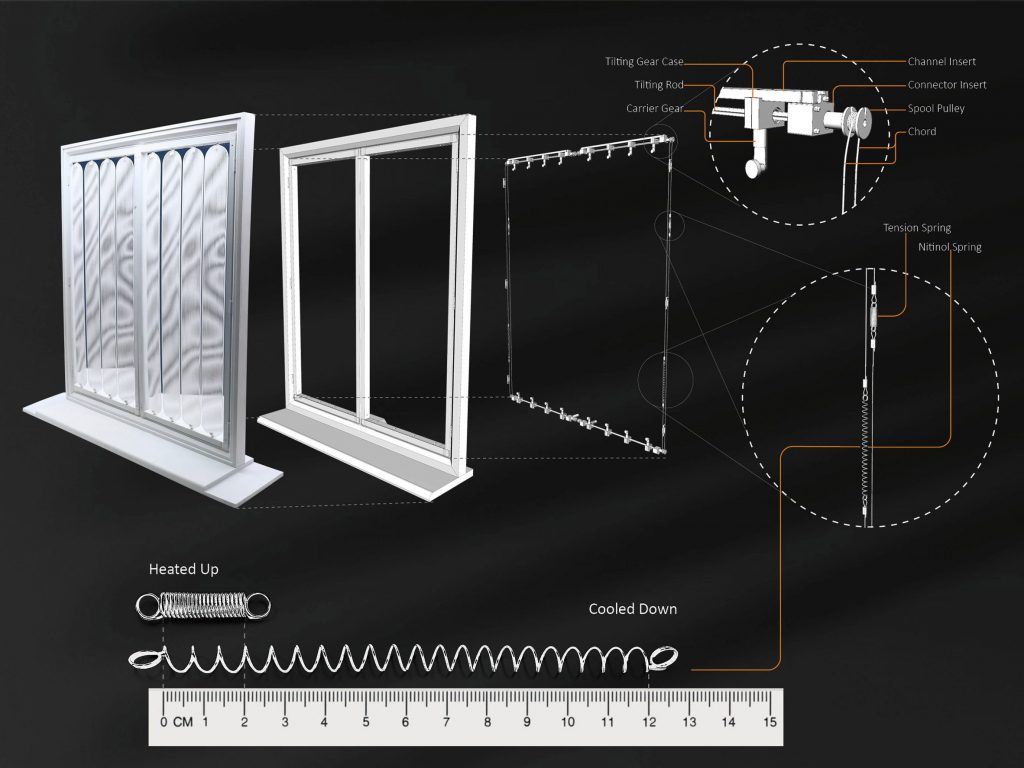
TranSense Screens by Saima Fateh
The main component in the screen is a single nitinol compression spring fitted within the frame. The use of mechanical, rather than electrical, sensors to activate the blinds helps to save on energy use. When the temperature rises to the level of 30 degrees Celsius through solar gain, the contracts to its compressed shape prompting the vertical acrylic louvres to rotate to the closed position. At cooler temperatures, the spring keeps the louvres open.
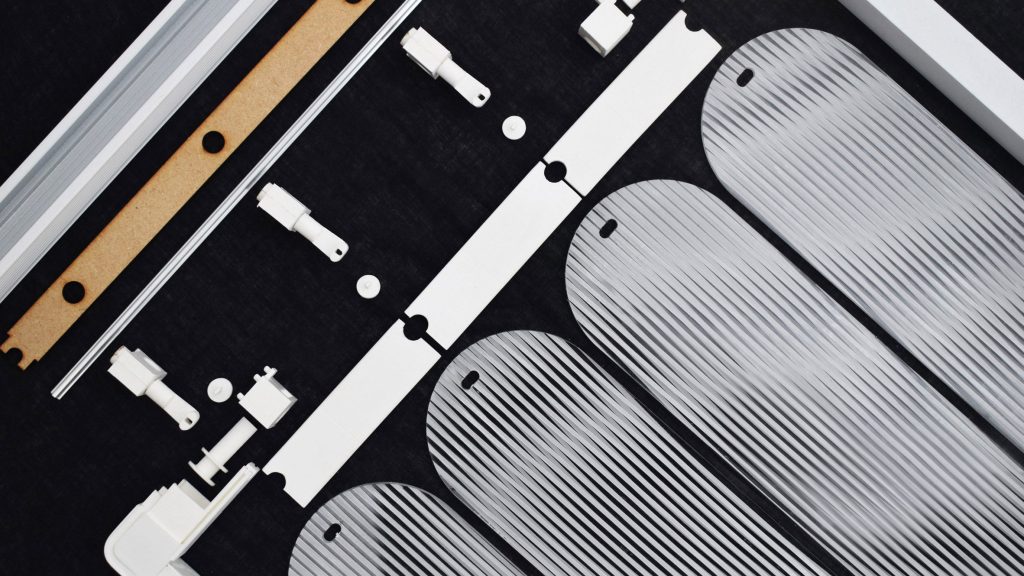
TranSense Screens by Saima Fateh
Heat-activated photochromatic pigments applied to the blinds gradually change colour from white to orange to emphasise the invisible threat of solar radiation and promote awareness of changes in the UV index.